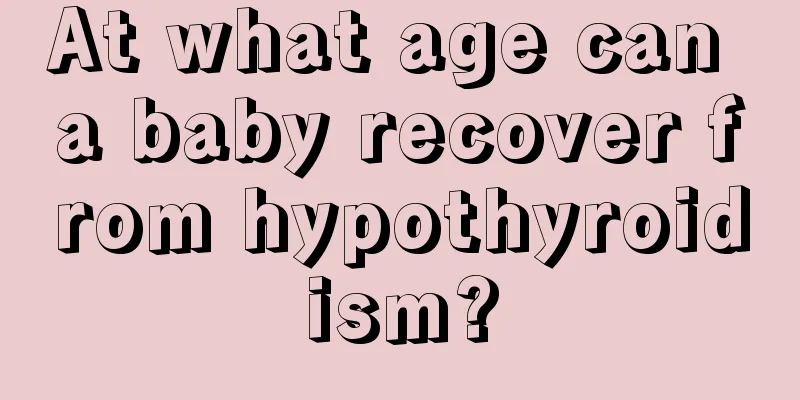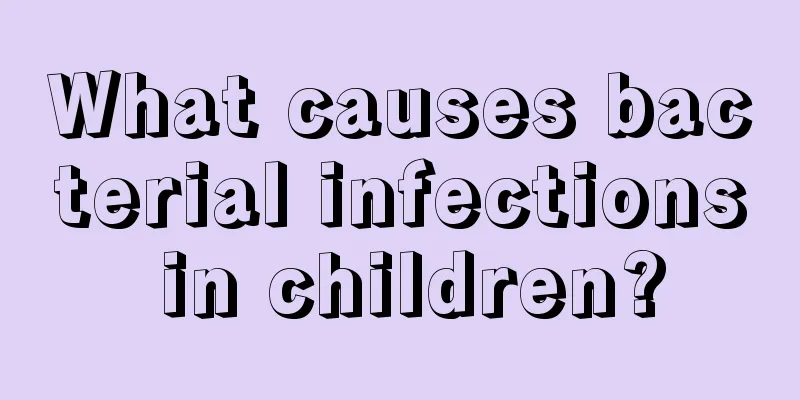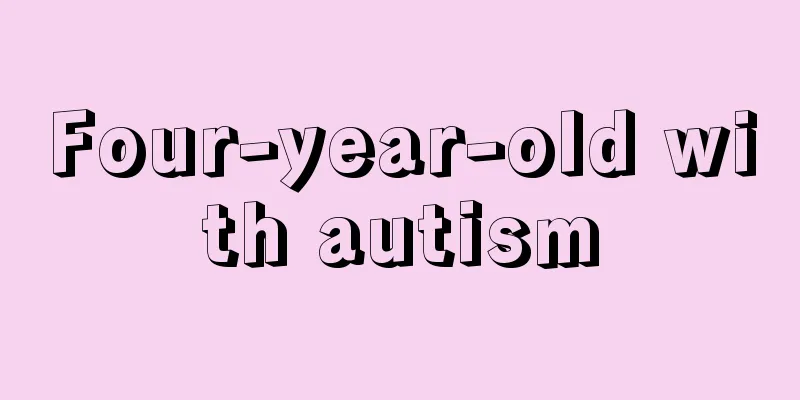At what age can a baby recover from hypothyroidism?

|
Hypothyroidism is an endocrine disease. It is relatively common and has a high incidence rate, so it is very harmful to the human body. In real life, newborns often suffer from this disease. If it is not treated well, it may affect the child's intellectual development or even leave the baby with a lifelong disease. So the question is, at what age can a baby recover from hypothyroidism? The earlier neonatal hypothyroidism is treated, the higher the probability of recovery and the better the long-term prognosis. The later the treatment is started, the lower the chance of recovery and the worse the long-term prognosis. Therefore, for this disease, we should take measures to treat it as early as possible so that we can get the best treatment effect. And during the treatment process, we also need to go to the hospital for regular checkups to observe the child's recovery, and adjust the treatment plan in time to minimize the impact of the disease on the child, so that the child's body can return to normal as soon as possible. There are many things to pay attention to in neonatal hypothyroidism. Since hypothyroidism can cause a series of abnormal symptoms in newborns, parents must have sufficient patience and take appropriate care measures in daily life. Normally we should follow the principle of eating small and frequent meals, provide children with balanced nutrition, and be sure to feed them carefully because children may suffer from indigestion. In addition, we should also let children maintain a good attitude, take them to outdoor activities more often, and let them bask in the sun more often. This can promote calcium absorption and relax children's mood, which is very helpful for recovery from the illness. In short, the earlier neonatal hypothyroidism is treated, the greater the probability of recovery. Therefore, once parents find that their children have this condition, they should go to the hospital for treatment in time to get the best treatment effect. And in daily life, parents should also take appropriate care measures to allow their children's bodies to recover as soon as possible and minimize the impact of the illness on their children. |
<<: Diagnostic criteria for hemolytic anemia
>>: Teenagers often have nosebleeds
Recommend
Why does the child's ears run?
Under normal circumstances, the inside of our ear...
Why do children often sweat?
Many times we are very worried about the physical...
Massage methods for children to enhance their immunity
Children's resistance is relatively poor, esp...
Don't let your children play with laser pointers, they can cause blindness
The General Administration of Quality Supervision...
Can I cut my baby's nails at night?
The light is relatively dim at night. If your eye...
What to do if your baby has a viral rash
Rashes are the most common disease for babies. Mo...
What is the most effective treatment for nasal congestion in children?
Children's resistance is usually weak, so whe...
Why do children's palms itch?
We all know that children are lively and active b...
Why do babies always lick their lips?
In real life, many babies always love to lick the...
What is the best treatment for bronchitis in children?
Childhood bronchitis is very common in life, but ...
Is 37.2 degrees a fever for a baby?
Most babies are in good mental state at ordinary ...
8-year-old boy wets the bed
In most people's definition, bedwetting mainl...
How many months does it take for a baby's head to take shape?
The baby's skull is very fragile. If he uses ...
What are the adverse reactions after the baby eats sugar pills?
In fact, there are many things to pay attention t...
6-year-old girl's underwear has yellow discharge
As we all know, after women enter puberty, their ...









